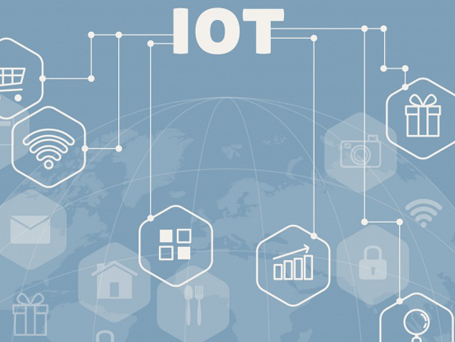1 Spearhead development of the IoT vision and technical strategy
The IoT architect must work with key business and IT leaders to develop an IoT vision that sets objectives for the business to shoot for and to communicate that vision to key stakeholders. Part of this involves documenting the business’s critical success factors, and part of it entails using the business value to drive engagement. An effective IoT vision is not merely aspirational; it’s rational and deliberate.
2 Design an end-to-end IoT architecture
The IoT architect must identify and document the IoT target state for the organization and ensure that the target architecture will address current and future business requirements. An end-to-end IoT solution typically spans a wide variety of technology areas ranging from data collection sensors, equipment or appliances at the edge all the way to integration with enterprise applications and systems. Because an IoT solution has so many integrated components, creating a target IoT architecture is particularly important — especially if the organization is likely to create and deploy multiple solutions over time.
3 Enable the design and construction of IoT solutions
The IoT architect collaborates with and enables solution architects in their design and implementation of IoT solutions. The target architecture is a valuable asset, but not the only one the IoT architect has to contribute. IoT architects bring lessons learned and design experience from across the portfolio of implementations in which they have participated.
4 Create a process to build IoT solutions
Developing and standardizing the process for building IoT solutions and then guiding the evolution and improvement of that process is key. This will help make the organization’s creation of IoT solutions easier and more reliable because these initiatives will follow a process that incorporates the organization’s experience and accrued best practices in IoT solution development.
5 Collaborate with diverse enterprise groups to deliver value
IoT unites business activities in the physical world with back-end processes while increasing the involvement of IT and non-IT groups, such as business units and operational technology (OT) teams. The IoT architect needs to engage effectively with teams across the organization to develop clear business objectives for IoT solutions and to ensure they integrate well with existing operations.


